Groxinia cultivation methods and precautions
Last Update :2024.06.14
Article Catalog
Temperature: The temperature from January to October is 18-25℃, and the temperature from October to January is 10-12℃. Light: During the growth period, avoid direct sunlight in summer and place it in a place with scattered light. Watering: Do not make it too dry or too wet. Water 1-2 times a day in summer. Keep the pot soil dry in winter. Fertilizer: Do not get fertilizer on the leaves when applying fertilizer.
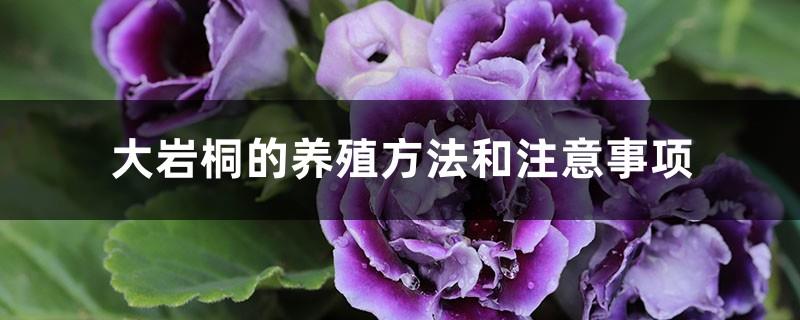
1. Temperature
1. Temperature
The temperature suitable for its growth is different in different seasons. From January to October, the temperature should be controlled at 18-25℃, and from October to January of the next year, the temperature should be controlled at 10- 12℃, the lowest temperature in winter should not be lower than 8℃. When the temperature is right, it will bloom more colorfully and the leaves will be more lush.
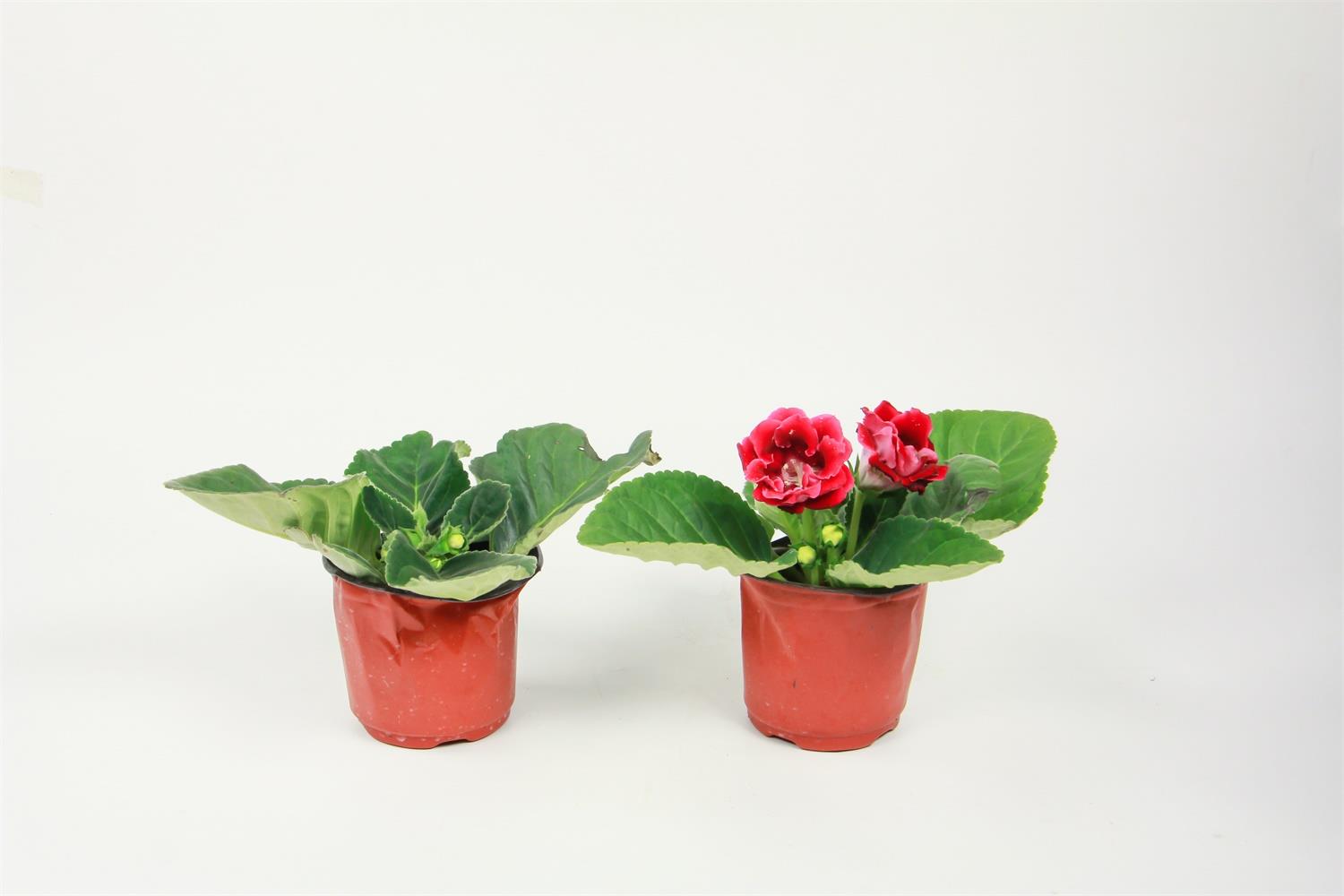
2. Light
It likes a warm and semi-shady environment. During its growth period, it should avoid direct sunlight in summer. You can place it in a place with astigmatism and adjust it appropriately according to the weather conditions.
3. Watering
Usually water appropriately and not too dry or too wet, otherwise the leaves will turn yellow. In summer when the temperature is relatively high, the amount of watering should be appropriately increased, 1-2 times a day, and appropriate spraying of water should be made to increase the humidity of the breeding environment. In winter, the potting soil should be kept as dry as possible and not too wet. Be careful not to let it get wet when it is blooming.
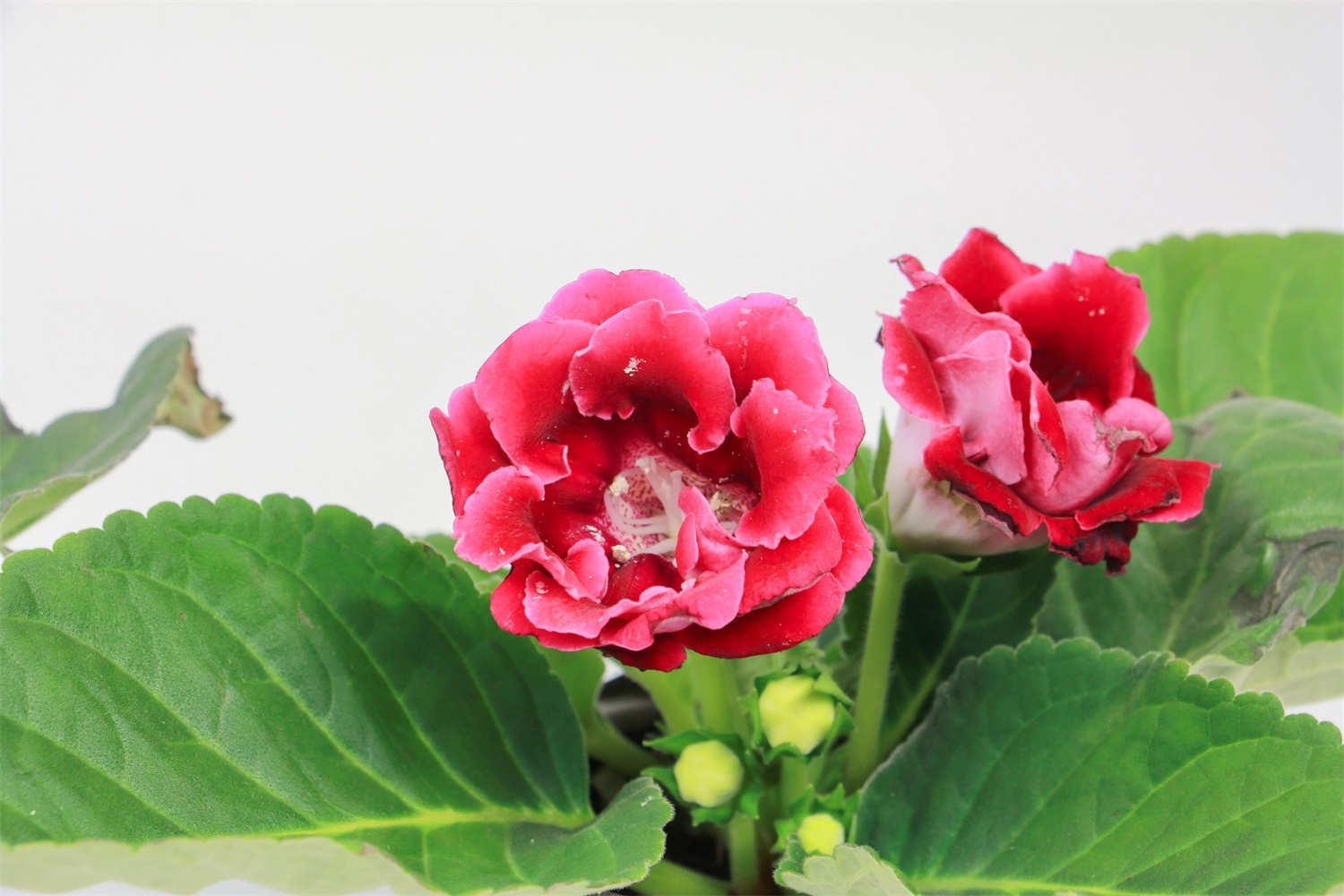
4. Fertilization
After the leaves unfold and before flowering, apply decomposed thin cake fertilizer about once every half a month. After the flower buds form, add phosphate fertilizer. Try not to get it on the leaves when fertilizing. After fertilizing, you can spray some water and clean the leaves. , and dry it to avoid rot.
5. Precautions
Common diseases of Gloxinia include wilt nematode, rot and gray mold, etc. After being infested, the diseased plants should be cleaned up in time and Burn it and then spray it appropriately to control it.
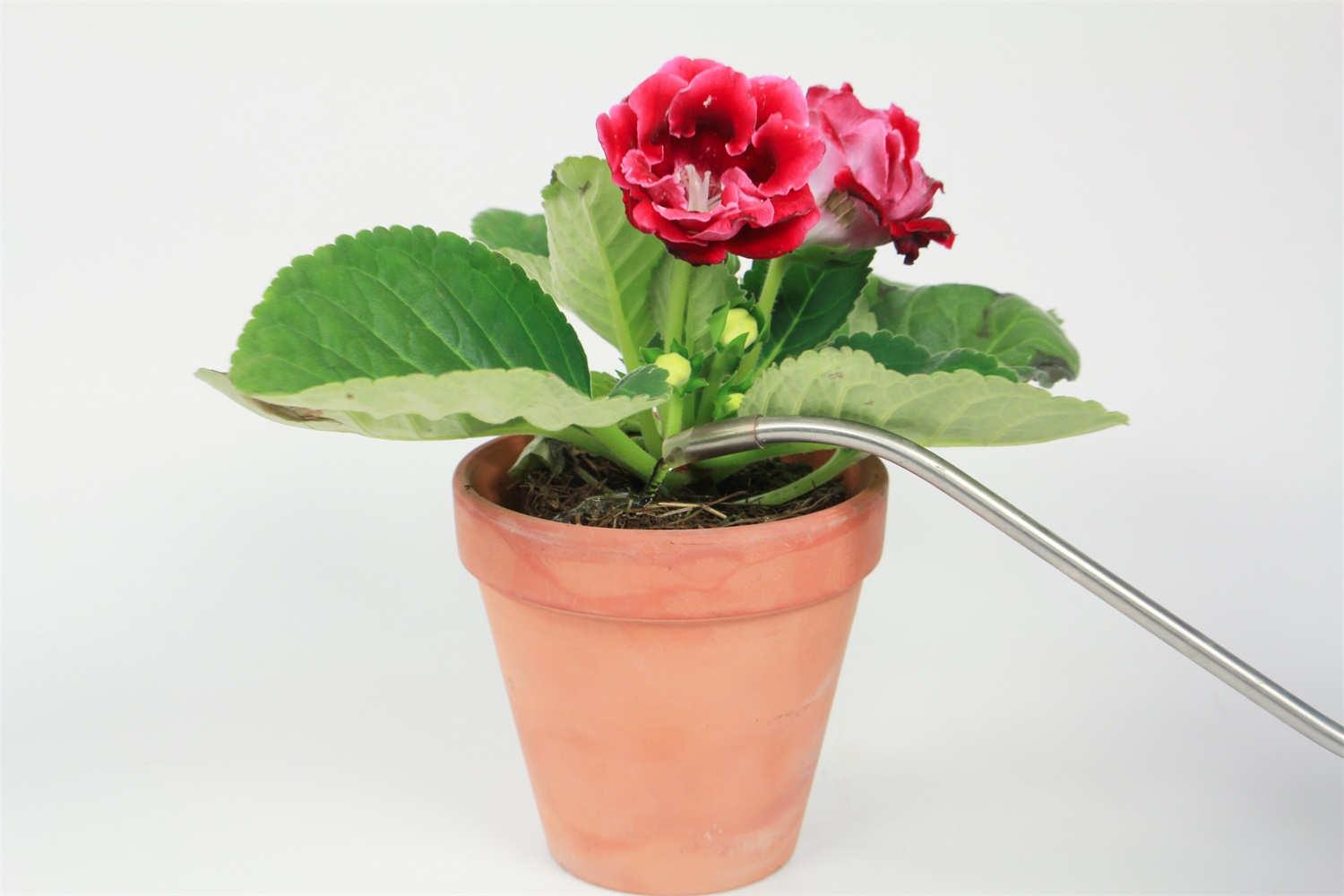
2. Lighting
3. Watering
4. Fertilization
5. Things to note
- END -
The difference between white bird coral and red bird coral

Leaf differences: The leaves of White Chick Coral are lanceolate or egg-shaped, wi...
These "3 kinds" of flowers can grow into a "flower wall" by themselves without a
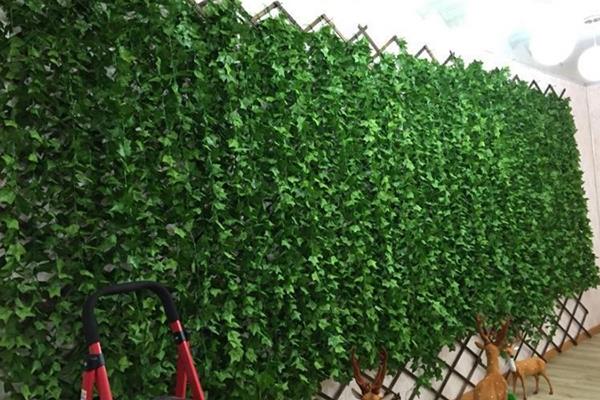
Huahua often recommends to you some plants that are often raised in the home. Alth...